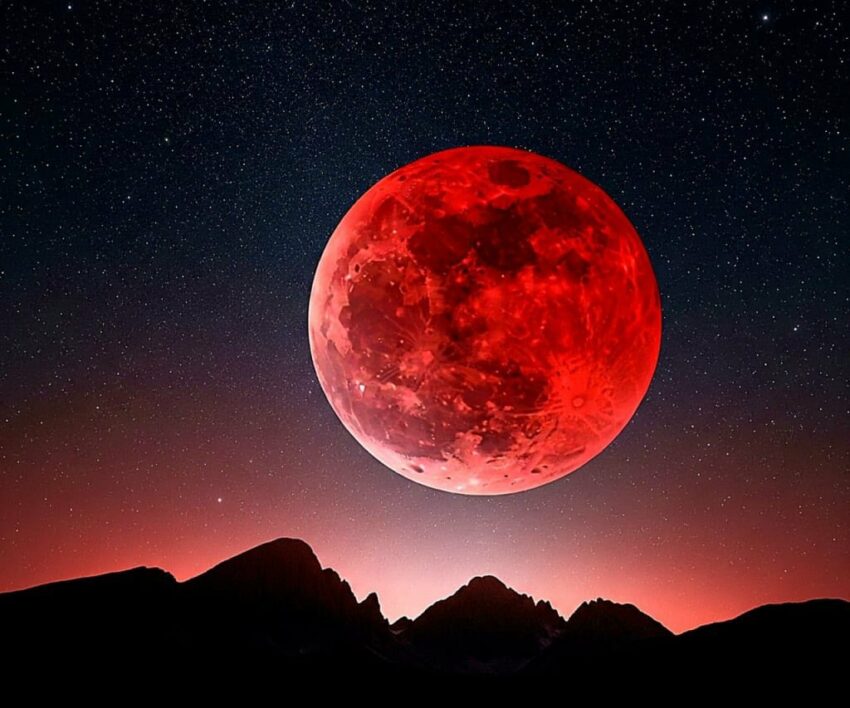
South Africans are in for a treat this weekend as the night sky prepares to put on one of its most dramatic shows, a Blood Moon. On Sunday evening, the moon will slip into Earth’s shadow and turn a deep shade of red during a total lunar eclipse.
It’s an event that doesn’t require fancy equipment or protective glasses—just a clear view of the eastern horizon and a bit of patience.
When to Watch the Eclipse
According to Dr Daniel Cunnama of the South African Astronomical Observatory in Cape Town, the eclipse will begin shortly after sunset.
-
Moonrise & shadowing: From just after 6pm
-
Peak Blood Moon: Around 8:11pm
-
Total eclipse duration: 7:30pm – 8:52pm
That’s nearly an hour and a half for skywatchers to marvel at the red-hued spectacle.
Why the Moon Turns Red
The “Blood Moon” effect happens when the Earth positions itself between the sun and the moon. Instead of the moon going dark, sunlight bends through Earth’s atmosphere, scattering blue light and leaving behind an eerie, coppery red glow.
Unlike solar eclipses, which can take decades to repeat in the same place, lunar eclipses are more frequent, appearing roughly every 18 months depending on your location.
Where to Watch in South Africa
The eclipse will be visible across much of Africa, as well as in Asia and Australasia. Locally, Dr Cunnama advises finding a spot with an open view to the east. Coastal areas like Camps Bay may be tricky due to the mountains blocking the horizon.
The best part? No telescope is required, though binoculars or a telescope will make the view even more striking.
Clouds Could Spoil the Show
There’s just one possible spoiler: the weather. If clouds roll in, visibility will be limited, leaving stargazers to wait for the next opportunity.
Why It Matters Locally
South Africa has a rich tradition of stargazing. From communities in the Karoo who can see some of the world’s darkest skies, to the South African Astronomical Observatory leading world-class research, cosmic events like this always draw fascination.
On social media, early buzz has already begun, with astronomy enthusiasts planning watch parties and photographers prepping their lenses to capture the crimson moon. For many, it’s more than science, it’s a reminder of our shared wonder under the African sky.
Set a reminder, grab a blanket, and head outside just after sunset this Sunday. If the clouds stay away, the Blood Moon will be one of the most memorable sights of the year.
{Source: The Citizen}
Featured Image: X {@Hussein77F}




